A good sandwich should be quick, tasty, and satisfying. But even the simplest sandwiches go wrong more often than you’d think. From soggy bread to flavorless fillings, small mistakes can ruin what should be the perfect bite. Most people make the same sandwich mistakes every time without even realizing it. Whether you’re building lunch at home or packing for later, avoiding these issues can turn your sandwich from average to amazing. This guide breaks down 32 of the most common sandwich problems and how to fix each one for a better result every time.
Piling on Cold Ingredients with Hot Ones

Combining cold and hot components in one sandwich sounds convenient, but it usually ruins both textures and temperatures. Cold lettuce wilts next to hot meat. Melted cheese hardens near cold tomatoes. The solution is to separate hot and cold ingredients until the last moment. If you must mix them, stagger their layers. For example, put lettuce and tomato on one slice of bread, and place the hot meat and cheese on the other, letting each side cool slightly before closing the sandwich. This keeps lettuce crisp, tomatoes firm, and meat juicy without steaming the entire structure into a soggy mess.
Forgetting to Press the Sandwich
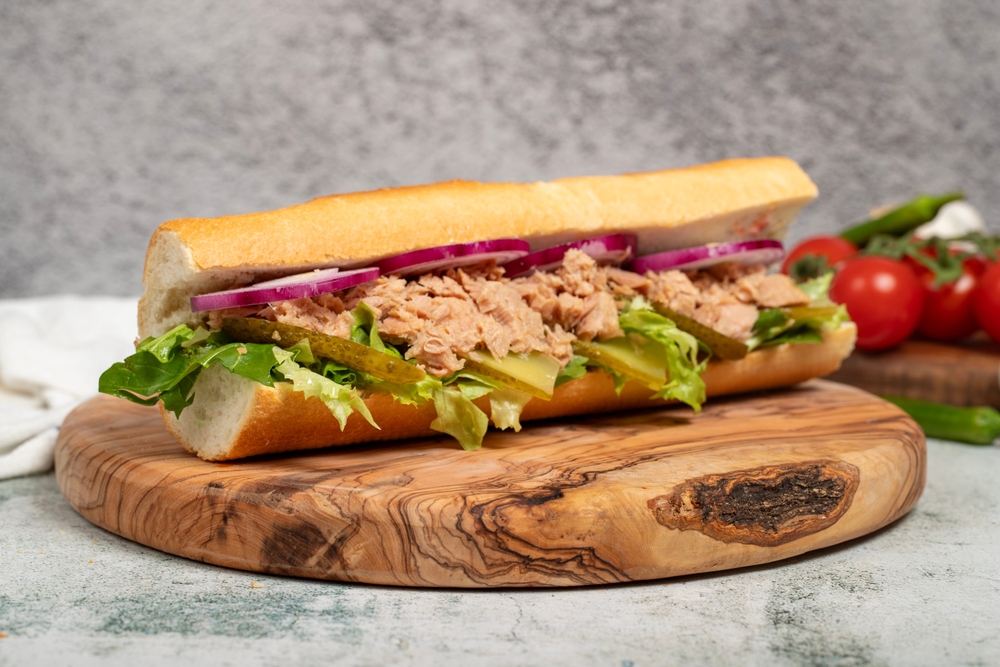
Not pressing your sandwich is a missed opportunity to combine flavors and improve texture. Lightly pressing helps seal ingredients into the bread, creating a cohesive bite that holds its shape. It also improves the surface texture, adding crunch and warmth. Use a panini press, grill pan, or heavy skillet. Place a second skillet or a foil-wrapped brick on top to apply gentle pressure. Do not over-press. You want compression, not flattening. This works especially well for sandwiches with melty cheese, cured meats, or sautéed vegetables. Pressing gives the sandwich integrity, keeping fillings from slipping out when you bite in.
Not Cutting the Sandwich
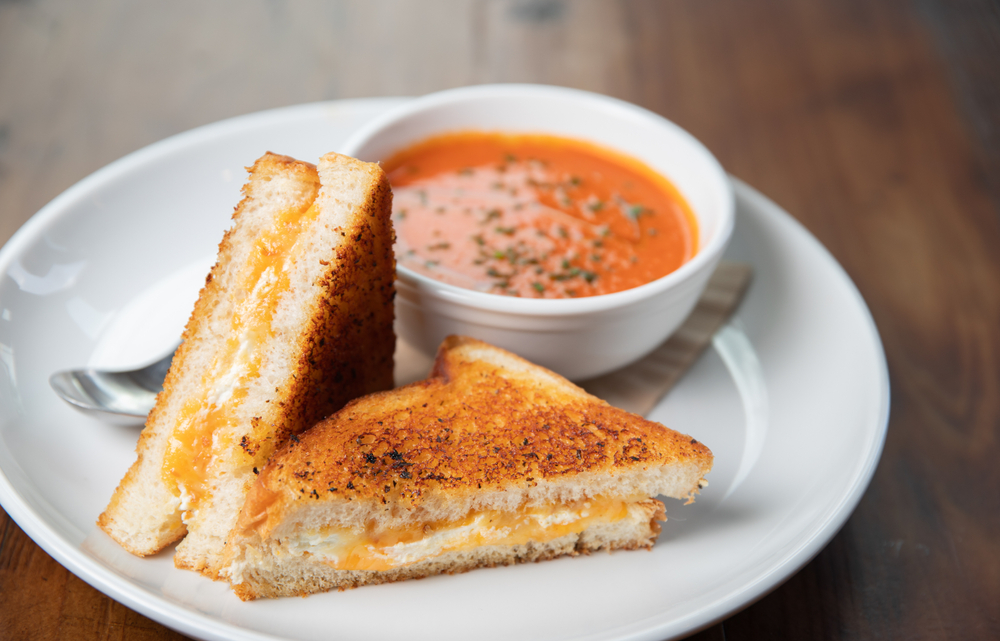
Skipping the cut might seem minor, but it affects how the sandwich is eaten. Cutting the sandwich in half improves grip, exposes the filling, and reduces the chance of everything falling out. A diagonal cut offers a larger bite surface and is ideal for sandwiches with many layers. A straight down-the-middle cut is better for sandwiches with fragile bread that might tear. Cutting also makes it easier to share, pack, or dip into sauces. Always use a sharp, serrated knife. Saw gently instead of pressing down to prevent squeezing out the fillings.
Using Too Many Flavors at Once
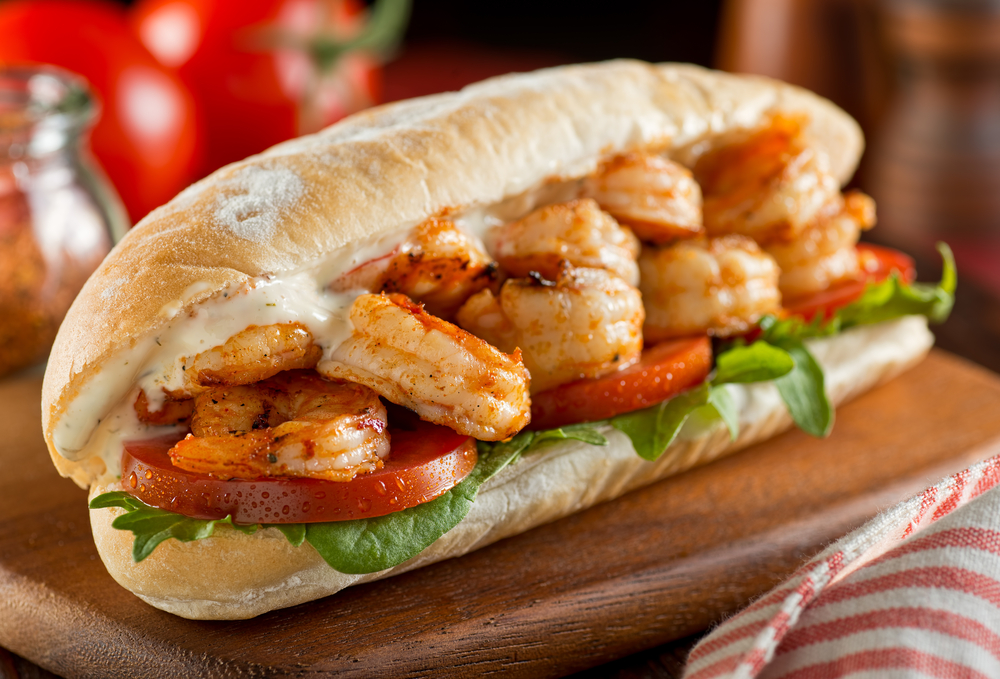
Stuffing five meats, four sauces, and three cheeses into one sandwich may sound impressive, but it confuses the palate. Too many strong flavors fight each other instead of working together. Simplicity and balance are key. Choose one dominant flavor and let the rest support it. For example, if you’re using pastrami, stick to a mellow cheese and a single mustard. If your sandwich features spicy elements, balance them with something cool and creamy like cucumber or yogurt sauce. The best sandwiches have contrast, not competition.
Ignoring Texture

Texture is just as important as flavor. A sandwich that’s all soft or all crunchy gets boring fast. Texture contrast makes each bite satisfying. Combine crispy bacon with creamy avocado. Pair toasted bread with smooth hummus and crunchy vegetables. Use pickled onions to break up soft meats. Even something as simple as grilled halloumi or a crunchy slaw can create a huge difference in mouthfeel. Think in terms of layers: smooth, crunchy, chewy, creamy. The more contrast you add without overwhelming the sandwich, the more enjoyable it becomes.
Skipping a Binding Ingredient

A sandwich without a binding ingredient falls apart or feels disconnected. Binders hold the ingredients together, help with bite stability, and enhance moisture. Mayo, aioli, hummus, mustard, cream cheese, and mashed avocado are all great choices. Spread them directly on the bread or between ingredients to glue slippery layers together. Binding agents also prevent dry textures when using lean meats or thick bread. Even if you want a minimalist sandwich, a small amount of spread creates cohesion and consistency from the first bite to the last.
Storing the Sandwich Too Long
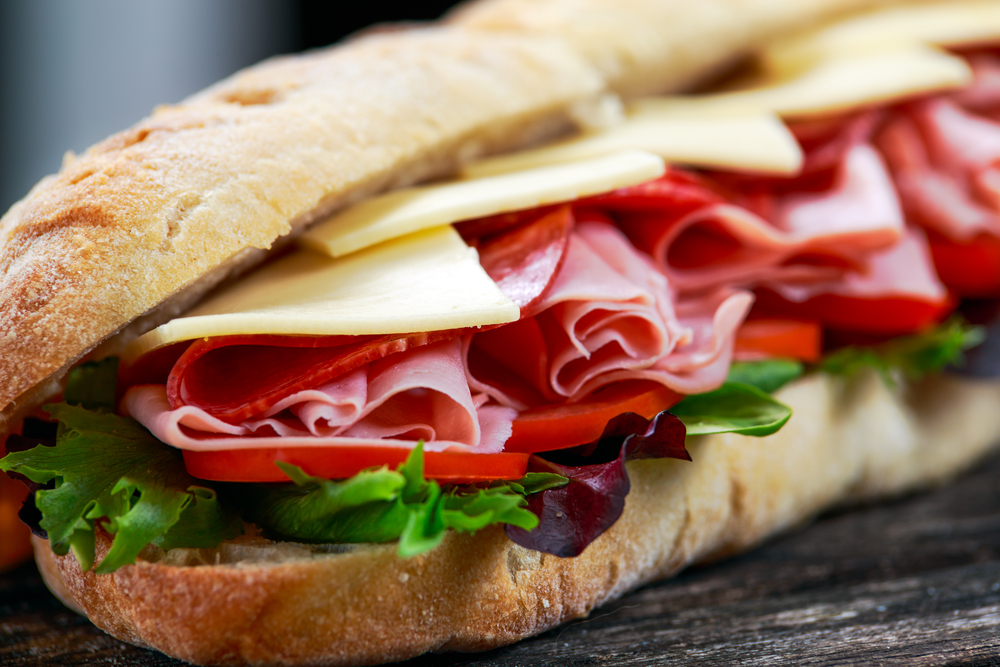
Sandwiches are best enjoyed fresh. When stored too long, especially in warm or moist conditions, they turn soggy or stale. Wet ingredients like tomatoes, lettuce, and pickles speed up this decline. If you need to prepare a sandwich ahead of time, separate moisture-heavy components and wrap each one individually. Use parchment paper or foil rather than plastic wrap, which traps moisture. Refrigerate it, and if possible, reassemble right before eating. Hard cheeses, cured meats, and dense bread survive better in advance prep. Avoid egg salad, soft tomatoes, or mayo-based spreads for long storage.
Assembling in the Wrong Order
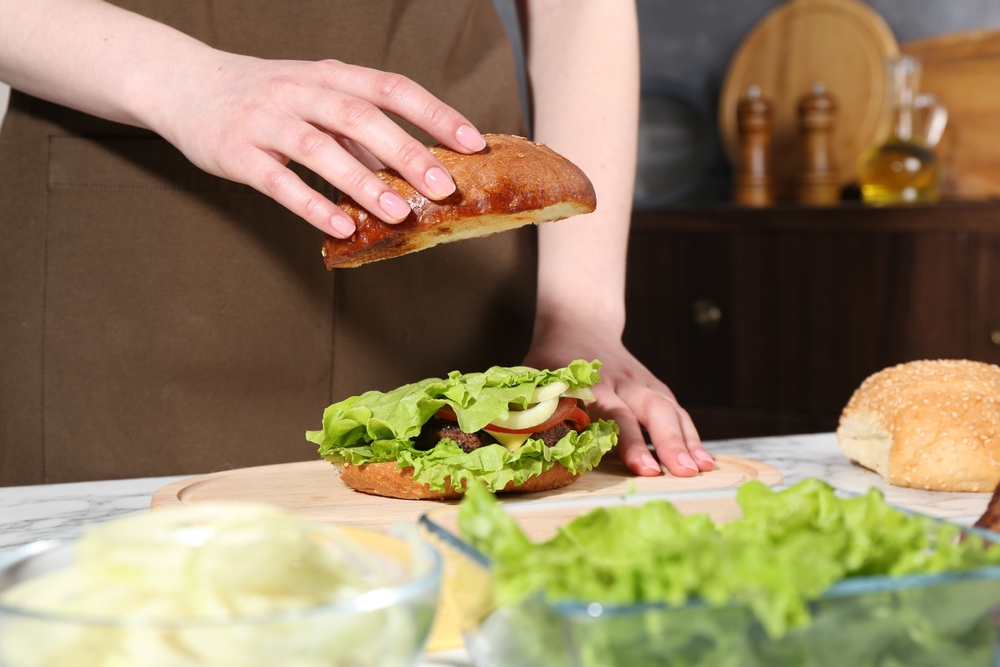
Layering is not random. A poorly stacked sandwich causes leaks, slipping ingredients, or flavor imbalance. Always start with condiments spread evenly on both slices of bread. Next, place dry leafy greens directly on the spread to protect the bread from moisture. Follow with proteins, then cheese, then wet items like tomatoes or pickles. Finish with a dry item like lettuce or another slice of cheese to act as a top barrier. This order controls moisture, keeps ingredients from sliding, and distributes flavor in each bite.
Using Only One Type of Meat
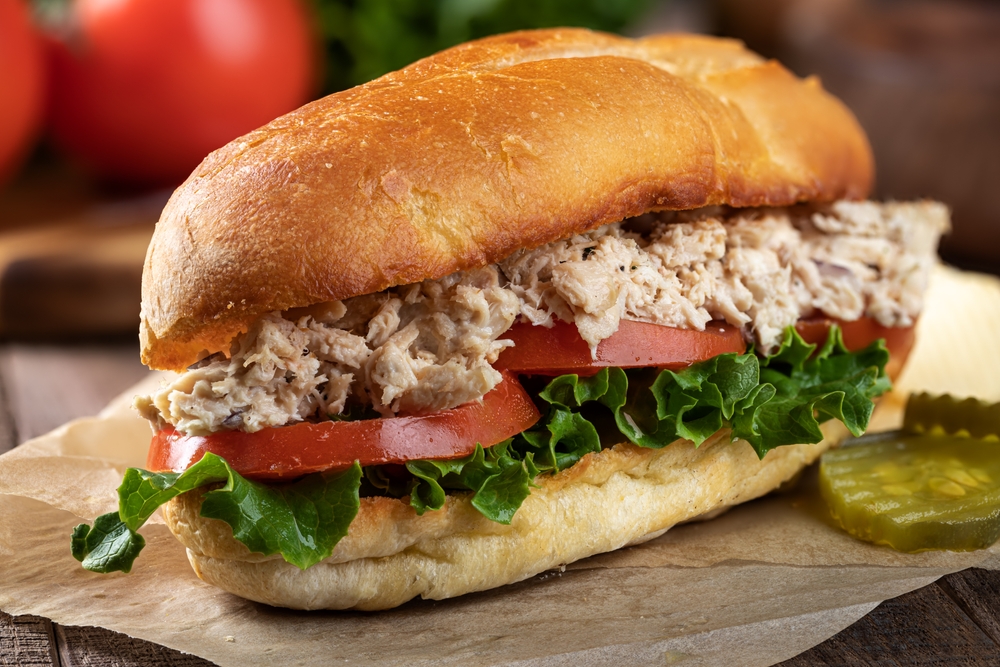
While a single meat like ham or turkey works fine, combining two meats adds complexity and boosts the overall taste. Choose meats that complement each other in flavor, saltiness, and texture. Salty prosciutto with mild turkey, peppery pastrami with smoked chicken, or spicy salami with lean roast beef create balanced profiles. Layer them thinly to avoid overwhelming the bread. Add a slice or two of cheese in between to separate strong flavors and bring harmony. Mixing meats gives depth to the sandwich without needing extra sauces or seasonings.
Making It Too Big to Bite

Oversized sandwiches are hard to eat and ruin the experience. You should not have to unhinge your jaw to take a bite. When a sandwich is too tall, ingredients spill out, structure fails, and flavor becomes inconsistent. Limit your layers. Use flat ingredients like thinly sliced vegetables, shredded lettuce, and folded meats instead of stacking whole leaves or slabs. Press the sandwich gently before serving to reduce its height and improve biteability. A great sandwich should feel substantial but still fit comfortably in your hand and mouth.
Ignoring Bread Temperature
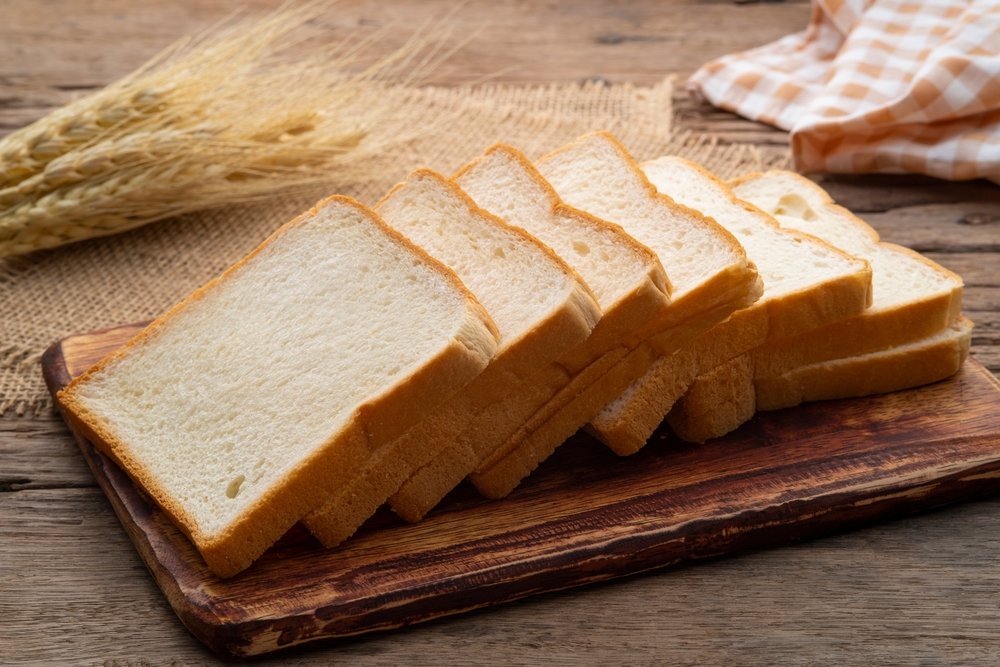
Cold bread dulls flavor and makes a sandwich feel underwhelming. Bread at room temperature or slightly warm enhances aroma and helps other ingredients shine. Warming also softens the crust, making the sandwich easier to chew and improving overall texture. Toasting or heating the bread before assembling allows cheese to melt slightly and spreads to glide on smoothly. If you’re using crusty bread from the fridge, pop it in a toaster oven for a few minutes to revive it. Never build a sandwich with ice-cold bread unless you’re deliberately going for a chilled style like a cucumber tea sandwich.
Using Bread That’s Too Soft
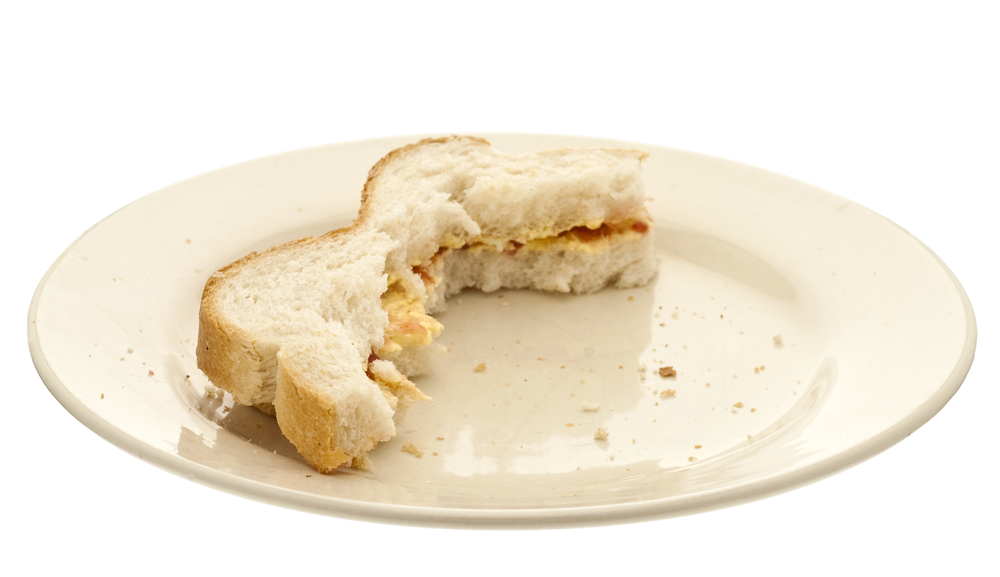
Bread acts as the foundation of your sandwich. When it is too soft, it fails to hold the structure, especially with moist or heavy fillings. White sandwich bread, while nostalgic, compresses under pressure, leading to messy, unbalanced bites. Instead, go for sturdy breads like sourdough, ciabatta, baguettes, or whole grain rolls. These provide the strength to support layers of meat, cheese, and vegetables without turning to mush. Choose bread based on the sandwich type. A crusty roll suits hearty meats while rye or multigrain pairs well with veggie or deli-style options. Always test the bread by lightly pressing it. If it rebounds, it can handle your fillings. If it caves in, skip it.
Forgetting to Toast
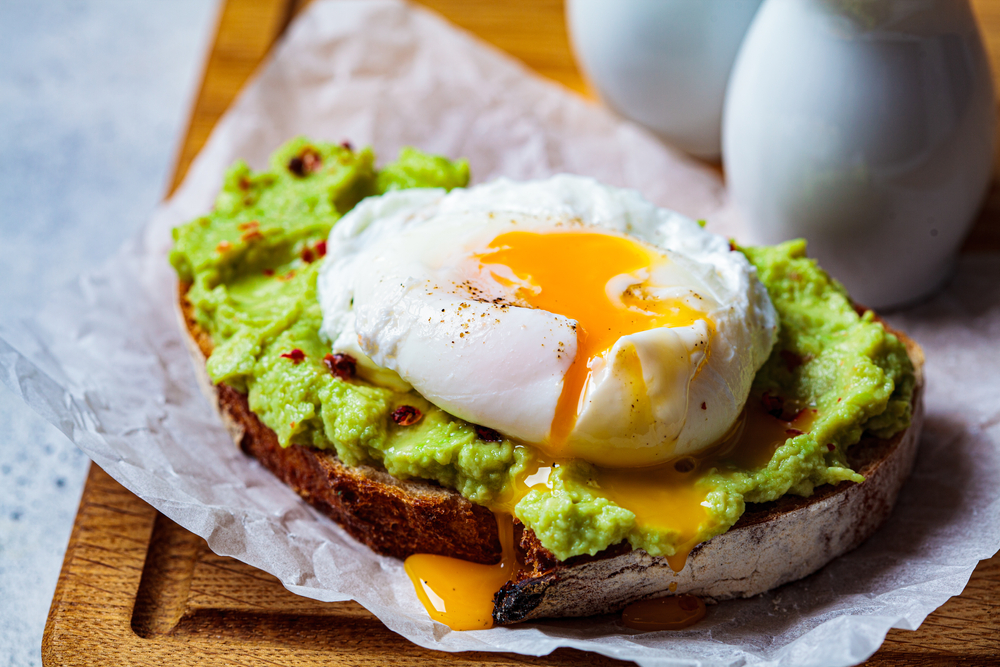
Toasting isn’t just about heat, it’s about texture and moisture control. Toasting the inside of the bread creates a barrier between wet ingredients and the bread itself. This prevents sogginess and adds a satisfying crunch that makes the sandwich more enjoyable. You don’t have to toast the entire slice. Sometimes toasting only the inside surface is enough. Use a dry pan, toaster oven, or grill pan. For extra flavor, brush lightly with olive oil or butter before toasting. Just avoid over-toasting, which makes the bread tough and tears up your mouth. A light golden color is the goal.
Overstuffing the Filling
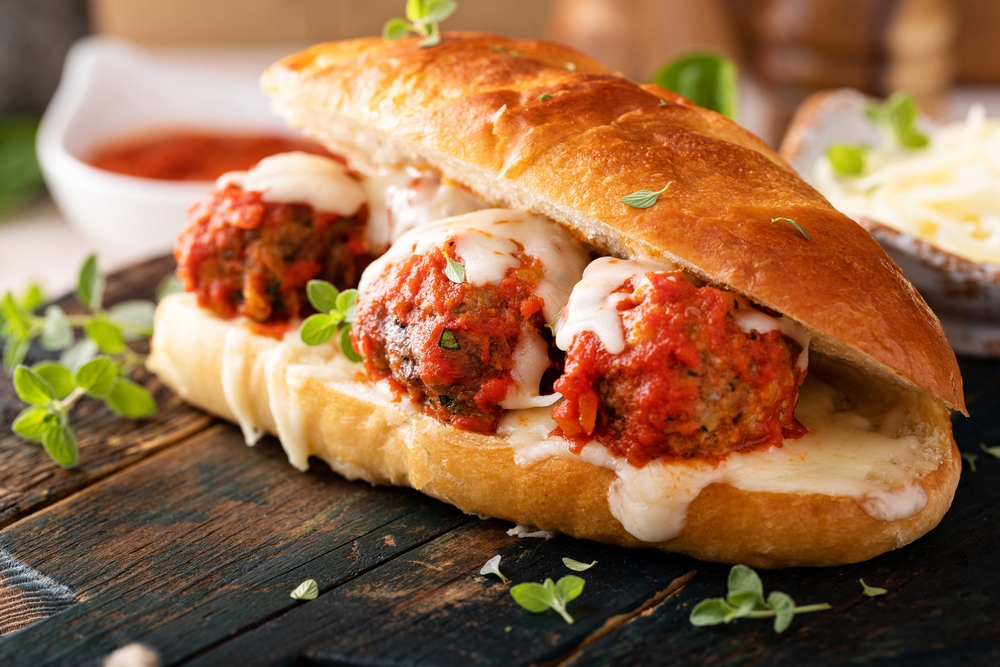
It may feel generous to stack the sandwich sky-high with meats, cheese, and veggies, but that approach backfires quickly. Overstuffed sandwiches are hard to eat, fall apart easily, and make the eating experience stressful. The bread should be able to close naturally without squeezing out the filling. Aim for balance. For deli meat, two to three thin slices per layer is plenty. Add a few crisp lettuce leaves, not a whole head. Use one or two tomato slices, not five. A sandwich should be dense with flavor, not impossible to grip or chew. Think about structure and bite consistency.
Ignoring the Bread-to-Filling Ratio
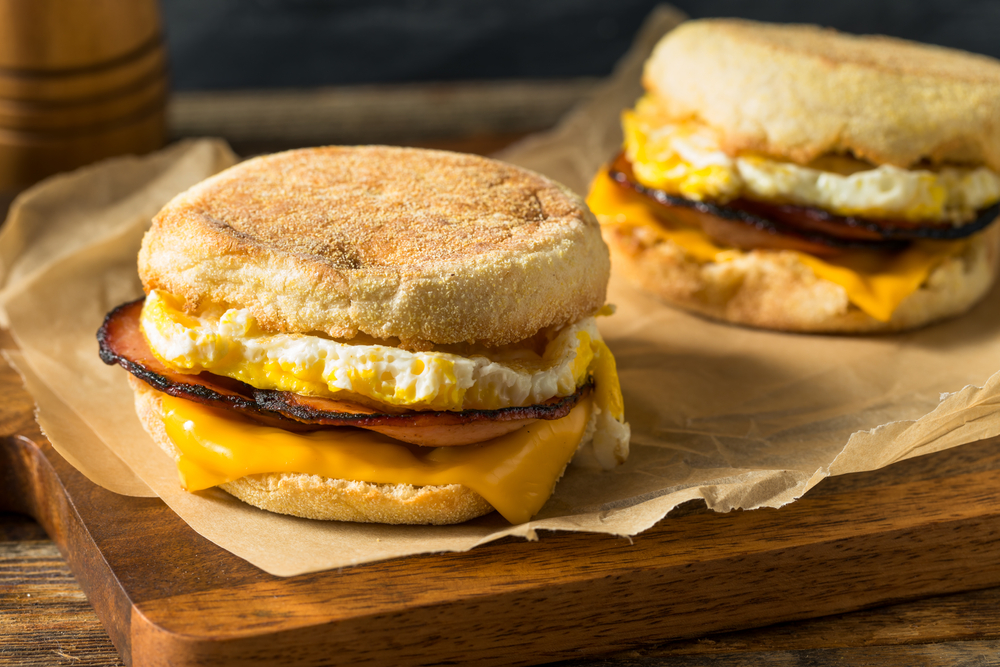
Getting the ratio right is essential to a successful sandwich. Thick bread and thin fillings create a dry, bready experience. Thin bread and overflowing fillings cause tearing and sogginess. The goal is harmony between textures and flavors. Match thinner breads with lighter ingredients like tuna salad or soft cheeses. Use denser fillings like steak or grilled chicken with thicker breads like focaccia or kaiser rolls. Always do a dry test stack before spreading sauces or heating. Press the sandwich gently with your palm. If it feels evenly layered and stable, your ratio is likely right.
Not Spreading Condiments Evenly
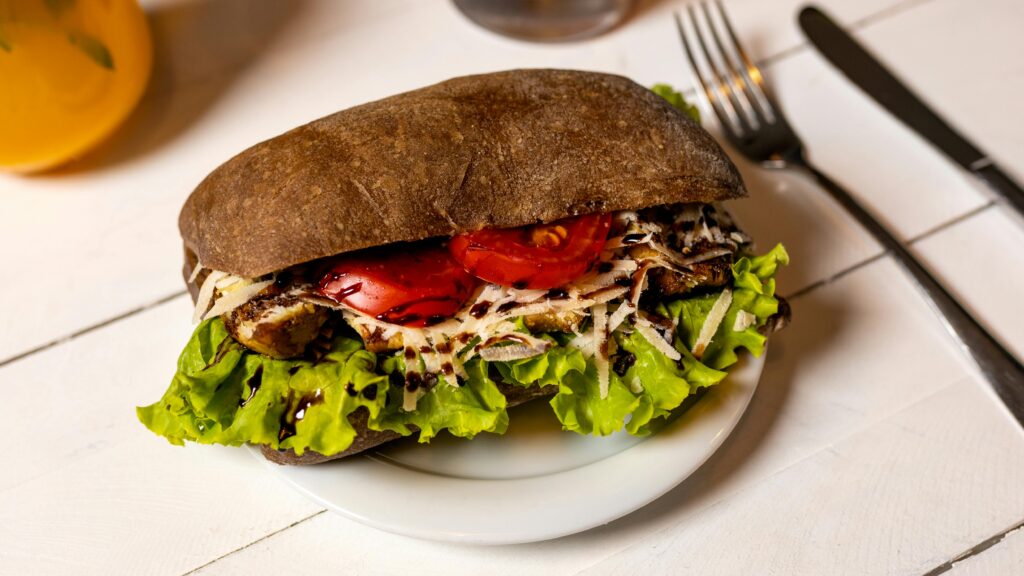
Condiments like mayo, mustard, hummus, or pesto add critical moisture and flavor. But if you apply them in a blob or a narrow strip, you end up with dry corners and bland bites. Always spread condiments edge to edge using the back of a spoon or butter knife. This ensures that every bite delivers the intended flavor. Avoid overdoing it though. Too much sauce can make the sandwich soggy and overpower other flavors. A thin, even coat is all you need. Consider applying different condiments to each slice of bread for more complexity.
Using Wet Ingredients Without Protection

Ingredients like tomatoes, pickles, or sauerkraut bring brightness but also leak moisture that soaks into the bread. This quickly leads to soggy textures and ruined structure. To fix this, create moisture barriers. Place drier items like cheese, lettuce, or meat between wet toppings and the bread. This layering trick helps preserve the integrity of the sandwich. Another option is to drain and pat wet ingredients dry with a paper towel before assembly. If packing for later, keep the wet ingredients separate and add them right before eating.
Skipping the Seasoning
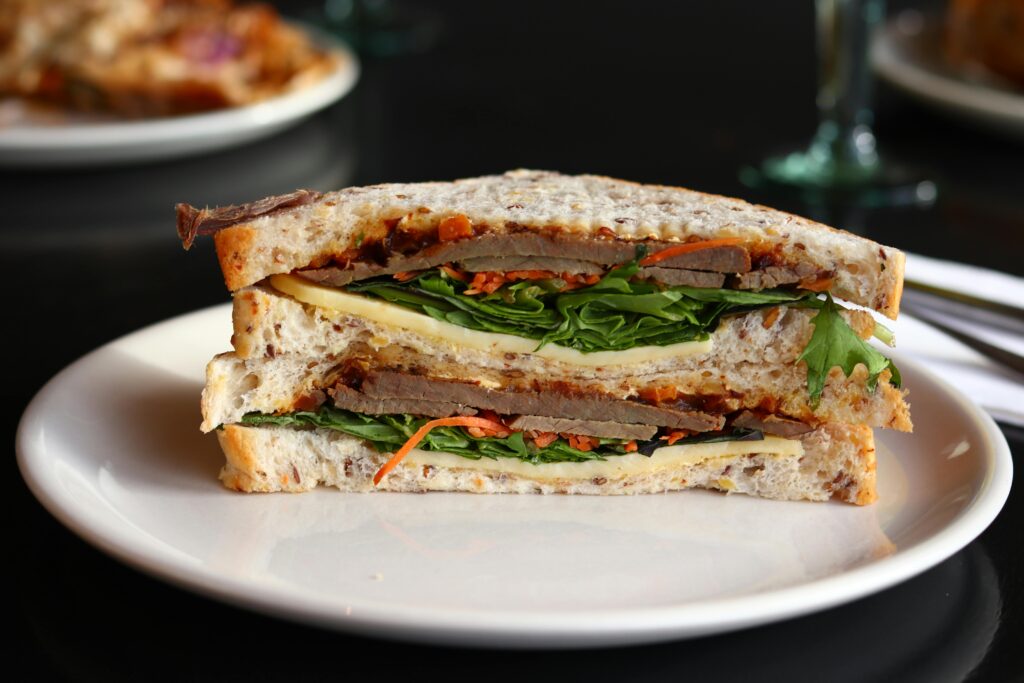
Even with high-quality meats and cheeses, a sandwich can taste bland if it lacks seasoning. Many people assume ingredients like deli turkey or Swiss cheese are salty enough. However, seasoning brings the ingredients together and amplifies their natural flavor. Lightly sprinkle salt and freshly ground pepper over tomato slices, avocado, lettuce, or eggs. Consider a pinch of oregano, smoked paprika, or crushed red pepper on hummus or cheese. Just a touch of seasoning adds layers of flavor that make the sandwich memorable. Don’t forget the condiments too. Even mustard can benefit from a little cracked pepper.
Using Only One Type of Cheese
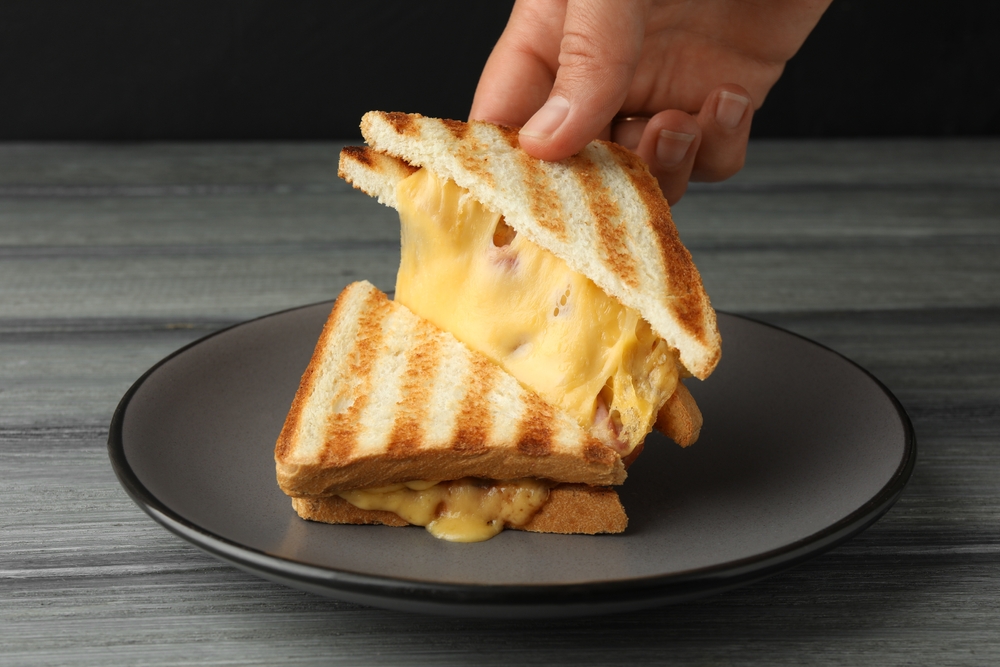
Relying on one cheese limits flavor and texture. Combining two types elevates the sandwich experience. Pair sharp cheddar with creamy brie for contrast. Try Swiss with provolone for subtle nuttiness and smooth melt. Mix blue cheese crumbles with mozzarella for bite and stretch. Each cheese brings a different melting point and flavor profile. Use thin slices so the cheese doesn’t overwhelm other ingredients. If melting, layer the softer, meltier cheese close to the bread and the bolder cheese near the meat or vegetables. This way, the flavors build naturally as you chew.
Not Slicing Ingredients Properly

Large or unevenly cut ingredients throw off balance and texture. Thick tomato slices flood the sandwich with juice. Overly chunky meats or whole leaves of lettuce create uneven bites. Always slice ingredients thin and even. Tomato slices should be ¼ inch or thinner. Meats should be shaved or deli thin unless you’re using something like grilled chicken. Lettuce should be shredded or torn to fit. If you’re using cucumber or onions, slice them into uniform rings or half-moons. Proper slicing improves bite integrity and keeps ingredients from sliding out.
Using Low-Quality Ingredients
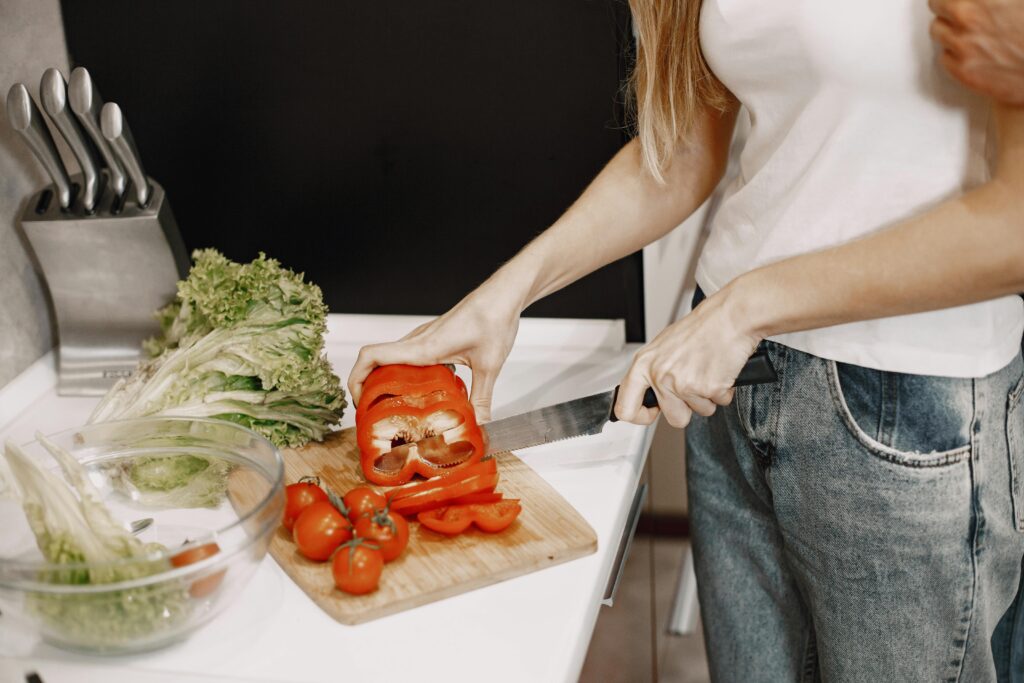
A sandwich is only as good as what goes into it. Processed meats, cheap bread, or wilted vegetables drag down the entire creation. High-quality ingredients don’t need to be expensive, they just need to be fresh and well-paired. Look for fresh-baked bread from a local bakery or grocery bakery section. Choose meats with minimal additives or slice your own at home. Use crisp lettuce, ripe tomatoes, and firm avocados. Good ingredients make simple sandwiches taste exceptional with minimal effort. Prioritize freshness and you’ll never need to drown the sandwich in sauce or salt to enjoy it.
Using Old Bread
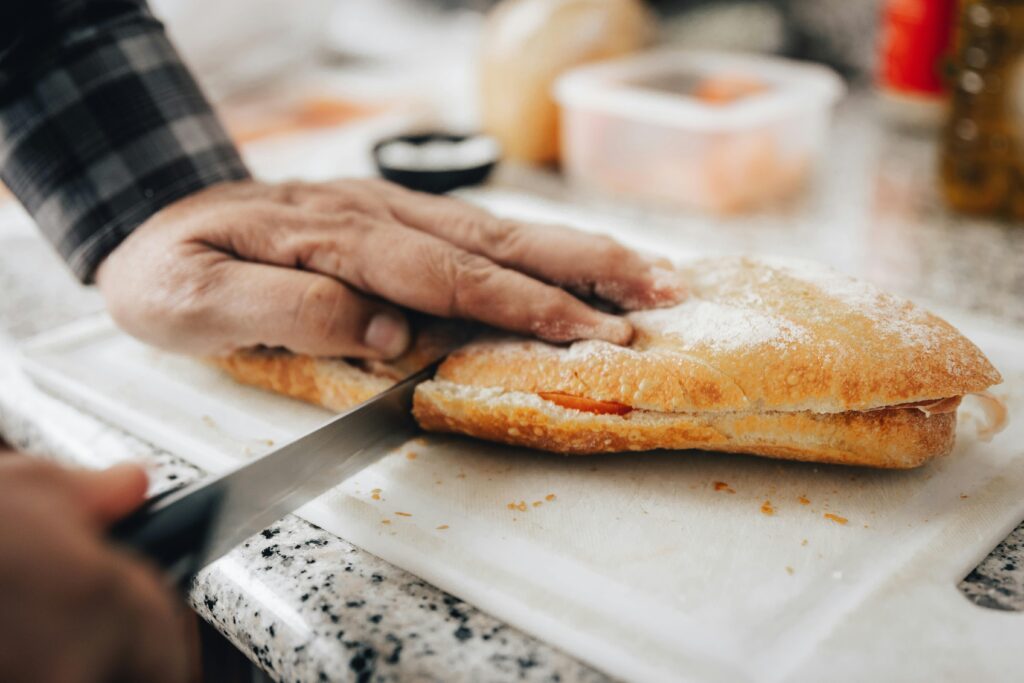
Stale bread changes the entire sandwich experience. It becomes chewy, dry, and hard to bite through. Even if the ingredients are perfect, old bread ruins the texture. Always check bread freshness before use. Look for springy texture and a soft but structured crust. If the bread is close to expiring, revive it by lightly toasting or grilling it. This adds crunch and masks slight staleness. Avoid using bread that smells sour, feels leathery, or crumbles too easily. If in doubt, turn it into toast or breadcrumbs instead of risking a bad sandwich.
Not Patting Ingredients Dry
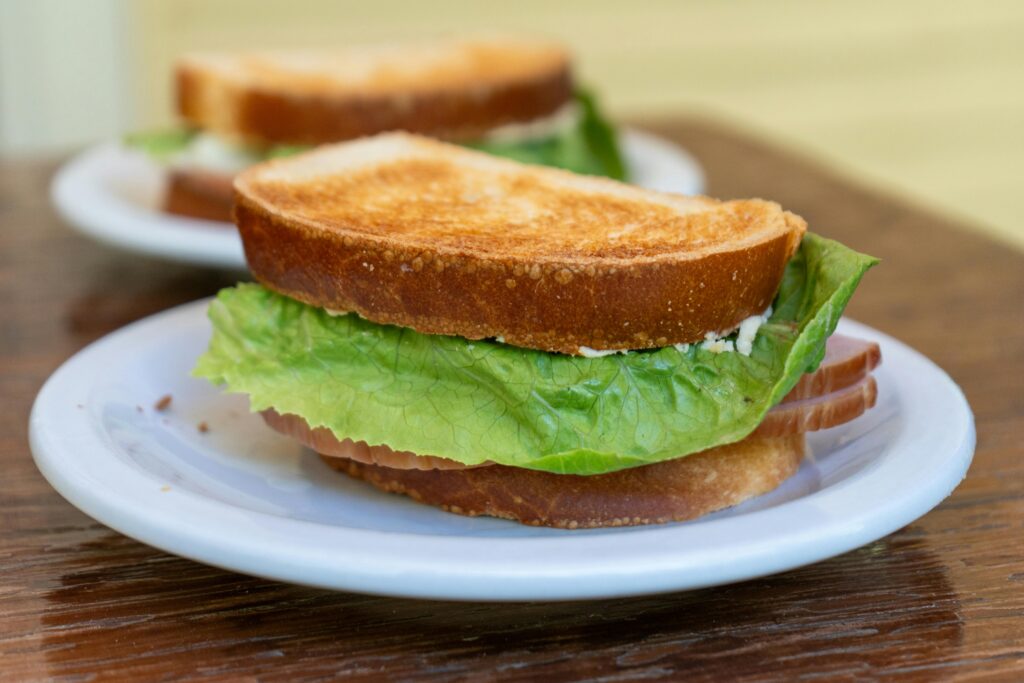
Moisture is the enemy of good texture. Ingredients like pickles, tomatoes, cucumbers, and lettuce often carry excess water. If you don’t dry them properly before assembly, they soak into the bread and create sogginess. Always pat these items with a paper towel to remove surface moisture. This one step can preserve crunch, prevent soggy bottoms, and extend the sandwich’s shelf life. Even cooked ingredients like grilled mushrooms or roast vegetables should be drained before use. Drying your toppings helps everything stay fresh and crisp.
Forgetting Acid

Acid balances rich and fatty ingredients. Without it, sandwiches with cheese, mayo, or cured meats can taste heavy or one-note. Simple acidic additions include pickled onions, a splash of vinegar, lemon juice, or a few capers. These sharp flavors brighten the sandwich and make it feel lighter. A small amount goes a long way. For example, a drizzle of red wine vinegar over turkey or a squeeze of lemon over grilled vegetables adds contrast and depth. Acid enhances flavor without needing extra salt or spice.
Overpowering with Garlic or Onions
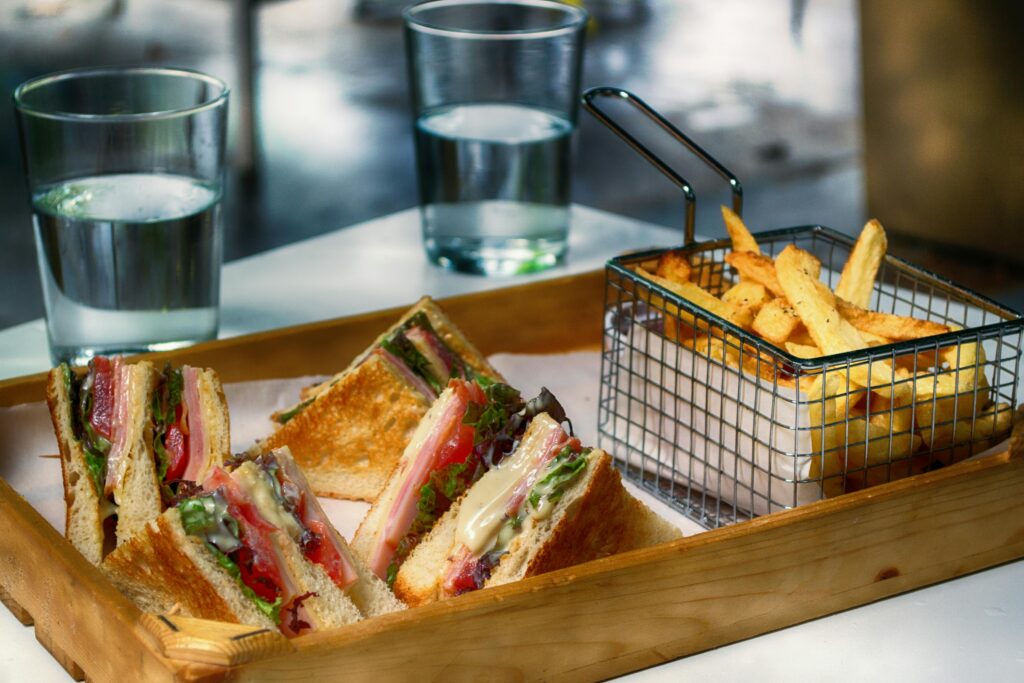
Raw garlic and onions are potent. If used incorrectly, they can overwhelm the entire sandwich and leave a harsh aftertaste. To avoid this, slice onions paper-thin and soak them in cold water for 10 minutes to reduce their sharpness. For garlic, use roasted or mashed garlic instead of raw cloves. You can also use garlic-flavored spreads in moderation. Always consider the balance. If your sandwich already includes strong ingredients like mustard or blue cheese, tone down the garlic or onion elements to keep flavors in harmony.
Using Bland Bread
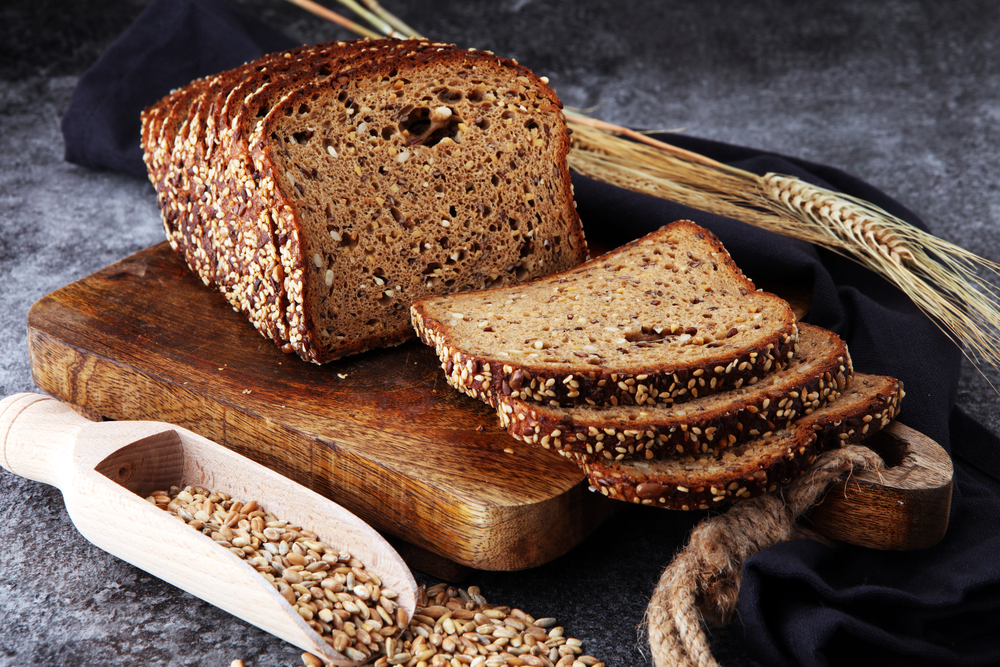
Bland bread doesn’t contribute any flavor, making the sandwich feel flat. Your bread should enhance, not just hold, the other ingredients. Choose flavorful options like rye, multigrain, focaccia, sourdough, or herbed rolls. These types add dimension and pair better with bold fillings. For example, pastrami works better with rye, and caprese ingredients match well with olive oil focaccia. Bread seasoned with herbs, seeds, or cheese can complement simple fillings and elevate the overall sandwich. Always match your bread to your filling for maximum impact.
Making Everything Mushy
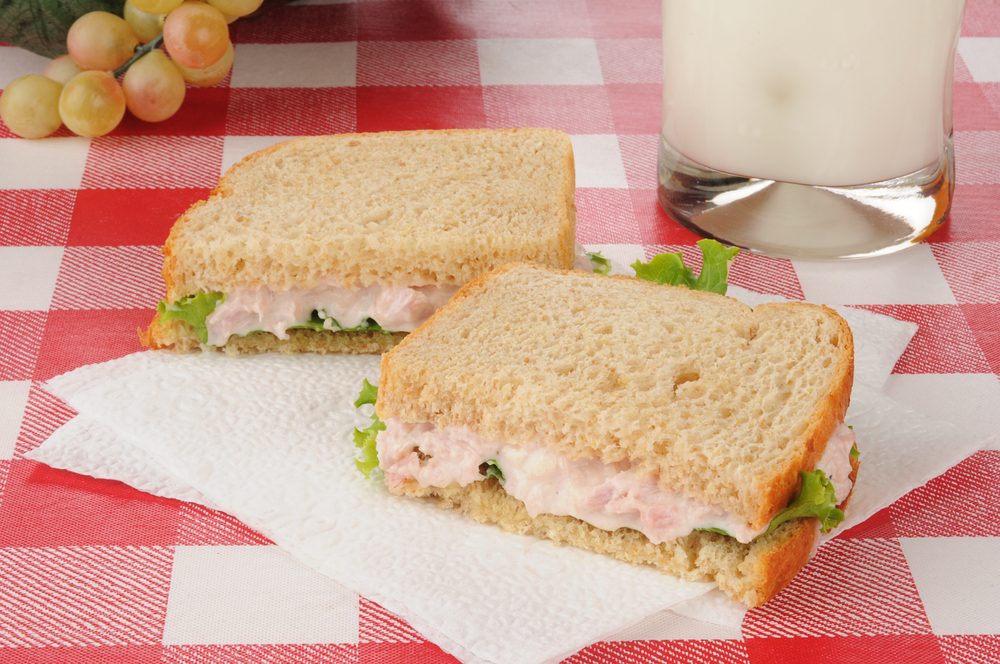
A sandwich full of soft ingredients lacks structure and texture. Too much hummus, avocado, brie, or soft tomato results in a mushy bite with no contrast. To fix this, combine soft fillings with firm or crisp ones. Add shredded carrots, sliced apples, crisp bacon, or roasted chickpeas. Choose toasted bread or a crusty roll to anchor the softness. Avoid using more than two soft ingredients per sandwich unless you balance them with crunch or chewiness. Texture contrast keeps each bite interesting and prevents the sandwich from falling apart.
Not Using Enough Fat

Fat enhances flavor and improves mouthfeel. A sandwich without enough fat tastes dry, bland, and unsatisfying. Fat comes in many forms: butter, olive oil, cheese, mayo, avocado, or fatty meats like salami or prosciutto. Even a small smear of aioli or a slice of cheese adds richness and moisture. This is especially important when using lean proteins like turkey or grilled chicken. If your sandwich feels dry, try drizzling olive oil on the bread, adding cheese, or incorporating a creamy spread. The right fat makes the whole sandwich taste fuller and more satisfying.
Adding Lettuce at the Wrong Time
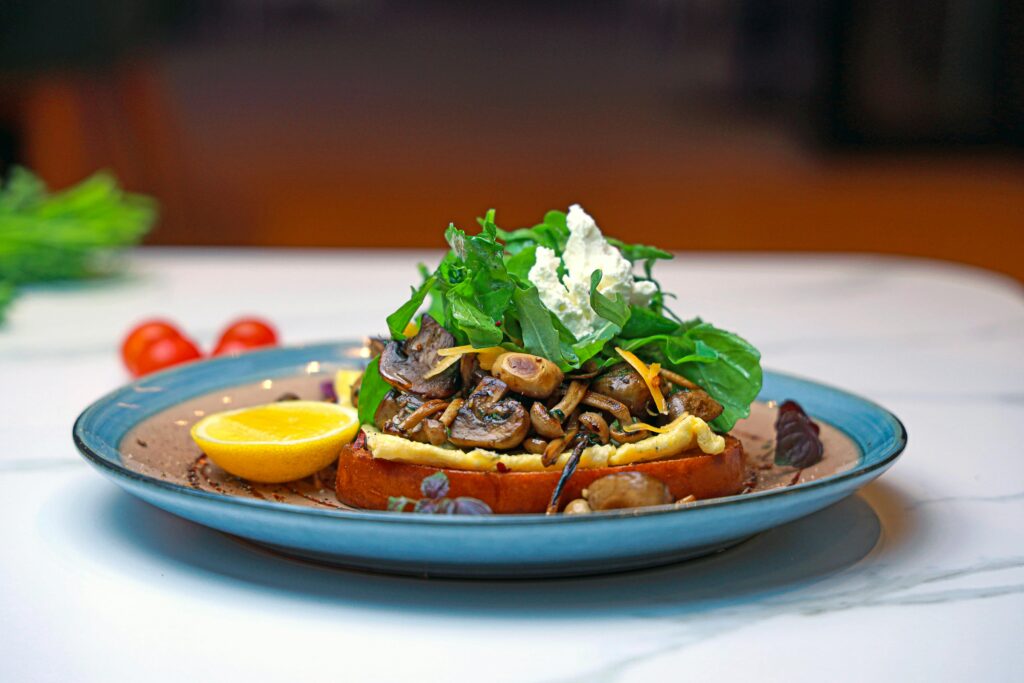
Lettuce is meant to add crunch and freshness, but it wilts quickly when exposed to heat or moisture. If you add it too early, especially to warm sandwiches or packed lunches, it loses its crisp texture. Always add lettuce at the last minute, right before serving. If you need to prepare in advance, wrap lettuce separately and add it later. Use dry, firm lettuce like romaine or iceberg instead of delicate varieties like butter lettuce or spinach. Pat the leaves dry before use to avoid adding excess moisture.
Ignoring the Power of Pickles
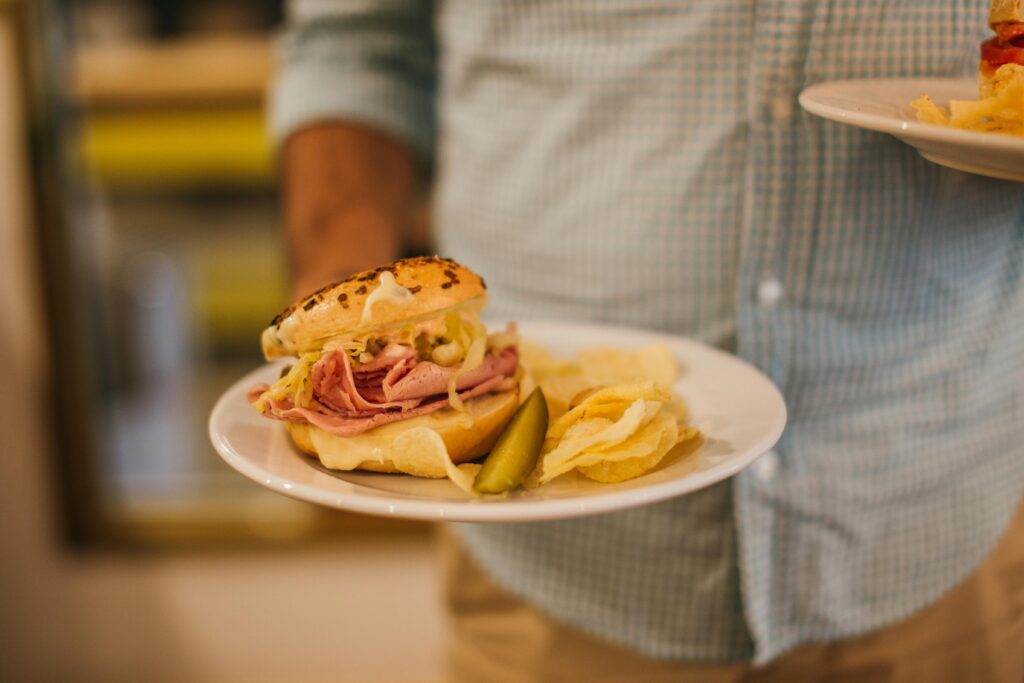
Pickles do more than add crunch. They bring acidity, brightness, and complexity to otherwise rich or salty sandwiches. A few pickle slices cut through the heaviness of fatty meats and cheese. They also provide texture contrast and a bold flavor that stands out in a crowded sandwich. Try using pickled onions, jalapeños, or even kimchi for variety. Always use them sparingly, and drain excess brine to avoid soggy bread. Pickles can transform a basic sandwich into something exciting with very little effort.
Wrapping It Wrong

Improper wrapping makes sandwiches fall apart or go stale. Plastic wrap traps moisture and causes sogginess. Loose wrapping lets air in, drying out the bread. The best method is parchment paper or foil, wrapped tightly but not compressed. This protects the structure while allowing the sandwich to breathe. For storage, fold the edges over like a burrito and seal with tape or a sticker. If packing for travel, place the wrapped sandwich in a reusable container to prevent crushing. The right wrap keeps everything fresh, intact, and ready to eat.
Not Trying Global Styles
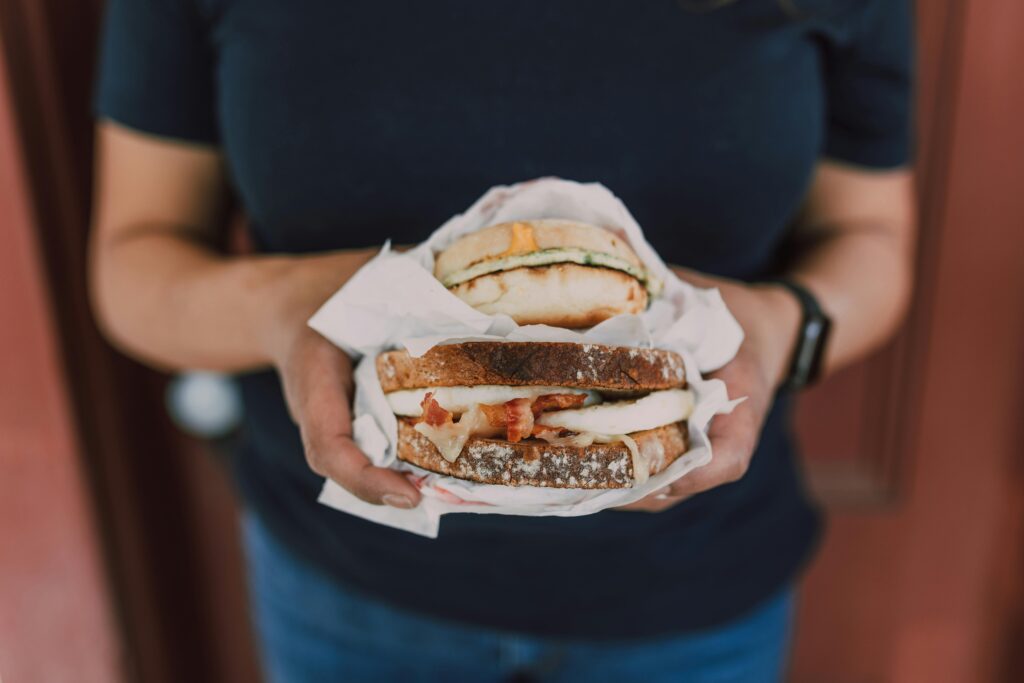
Many people stick to classic combinations like ham and cheese or turkey and mayo. But sandwiches from other cultures offer exciting flavors and textures that break routine. Try a Vietnamese banh mi with pickled vegetables and herbs, a Mexican torta with refried beans and avocado, or a Japanese katsu sando with crispy pork cutlet and sweet sauce. Global sandwich styles use bold sauces, unique proteins, and unexpected bread types. Exploring these options expands your palate and adds variety to your sandwich routine without requiring complex cooking.
Forgetting the Final Touch
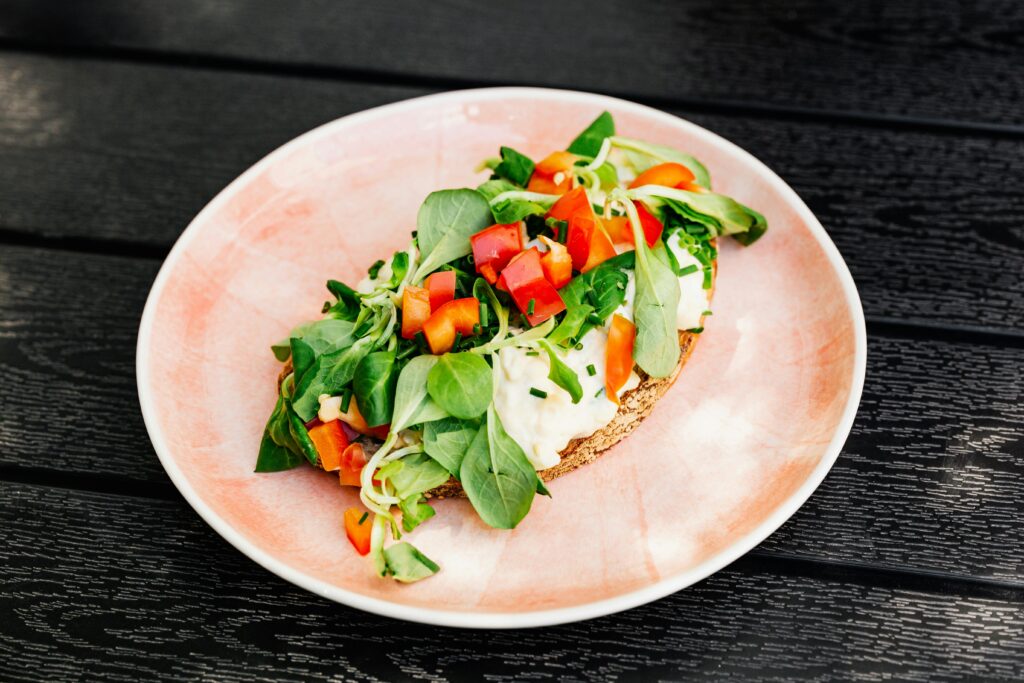
The last detail often makes the sandwich unforgettable. A sprinkle of flaky salt, a few crushed chips, fresh herbs, or a drizzle of olive oil can enhance flavor and texture right before serving. These finishing touches elevate even the simplest sandwiches and show attention to detail. Consider adding black pepper on top of the tomato, a touch of honey on salty cheese, or chili flakes on your spread. Final touches add complexity and complete the experience without changing the core recipe. The right last step transforms good into great.
Read More: 10 Of The Best Fast Food Tacos Ranked Worst To First
Disclaimer: This article was created with AI assistance and edited by a human for accuracy and clarity.
